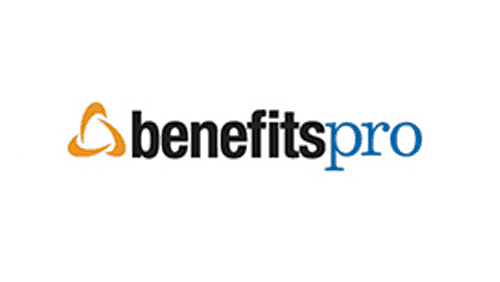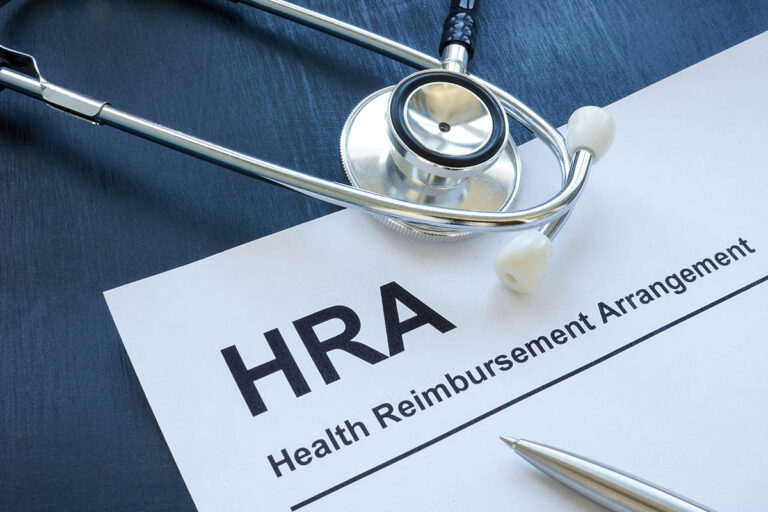
Many of the provisions in the Consolidated Appropriations Act of 2021 (CAA), passed in late December 2020, are now effective in 2022. While carriers, vendors and other partners may handle the majority of the items, employers are ultimately responsible for ensuring compliance with this legislation. It may require amending vendor contracts and is likely to increase plan expenses in the next several years. Here’s what employers need to know about CAA requirements.
Who do the CAA requirements apply to?
If you offer a group health plan, then the CAA applies.Whether fully insured or self-funded, don’t be mistaken; you have the ultimate responsibility and liability to ensure compliance for your plan and members. If your plan is fully insured, the good news is that most of the heavy lifting will be done by the insurance carriers, but that doesn’t let you, as the plan sponsor, off the proverbial hook.
If your plan is self-funded, the plan’s third-party administrator (TPA) should be actively making CAA-related changes. This is, however, not guaranteed. So, you must take the lead to ensure your plans and partners are compliant. You could do this by request, or if necessary, enforce it through your contract. Now is the time to confirm with the plan’s TPA that they are working to deliver on these items as some of these updates may require months or even years to finalize.
What should I already know about the CAA requirements?
There are two important rules that sponsors of both fully insured and self-funded plans need to make sure they are doing now. Both of these rules are “audit priorities” for the Employee Benefits Security Administration (EBSA).
First, since February 10, 2021, plan sponsors have been required to disclose a comparative analysis of nonquantitative treatment limitations (NQTLs) under the Mental Health Parity and Addiction Equity Act, as amended by the CAA. If your plan includes medical/surgical benefits and mental health/substance use disorder benefits, this analysis confirms that they are equivalently covered. In most cases, your plan’s insurer or TPA should have already prepared this.
Confirm your insurer or TPA are complying with CAA requirements.
As the plan sponsor, a copy of this confirmation must be readily available in case your plan is audited. If you do not receive acceptable assurances that your plan’s insurer has done this as required or if they do not readily provide a copy of the report, you must enforce this request to remain compliant. Enforcement may include adding it to the relevant contract, notifying DOL or canceling the contract with that party.
Secondly, since December 27, 2021, it is important that employers and plan sponsors make sure their health and welfare plan service providers, including brokers and consultants, are charging them “reasonable compensation” and fully disclosing all direct and indirect compensation of $1,000 or more on all group health plans. This requirement is similar to the ERISA fee disclosure requirements that had been applicable to sponsors of retirement plans for over a decade.
Employers and plan sponsors should designate a “responsible plan fiduciary” to make sure this is being done. A plan fiduciary can be one person or even a committee. If your plan fiduciary requests the disclosure and does not receive it, the only way to reduce your liability is to report noncompliant partners to the Department of Labor.
What CAA requirements go into effect in 2022?
Plan sponsors need to be aware of several requirements on transparency and surprise billing that went into effect on January 1. Many of these are welcome changes intended to protect consumers against common loopholes that have plagued the healthcare system, including new ID Card Requirements, in-network emergency services coverage, continuity of care rules, and provider directory update requirements.
Some other items coming down the road that will also help consumers are provider fee estimates, advanced EOBs, reporting on pharmacy and drug benefits and price comparison tools.
What do I need to do right now?
We expect more clarification to be provided in the coming months. For now, employers should expect annual compensation disclosures from their brokers or consultants as part of this legislation. Employers should also post the model surprise billing notice wherever their plan documents are stored and communicate these changes to their employees. Otherwise, talk to your carriers and consultants about next steps, especially if you are self-funded, and keep an eye out for more updates as details are released.





